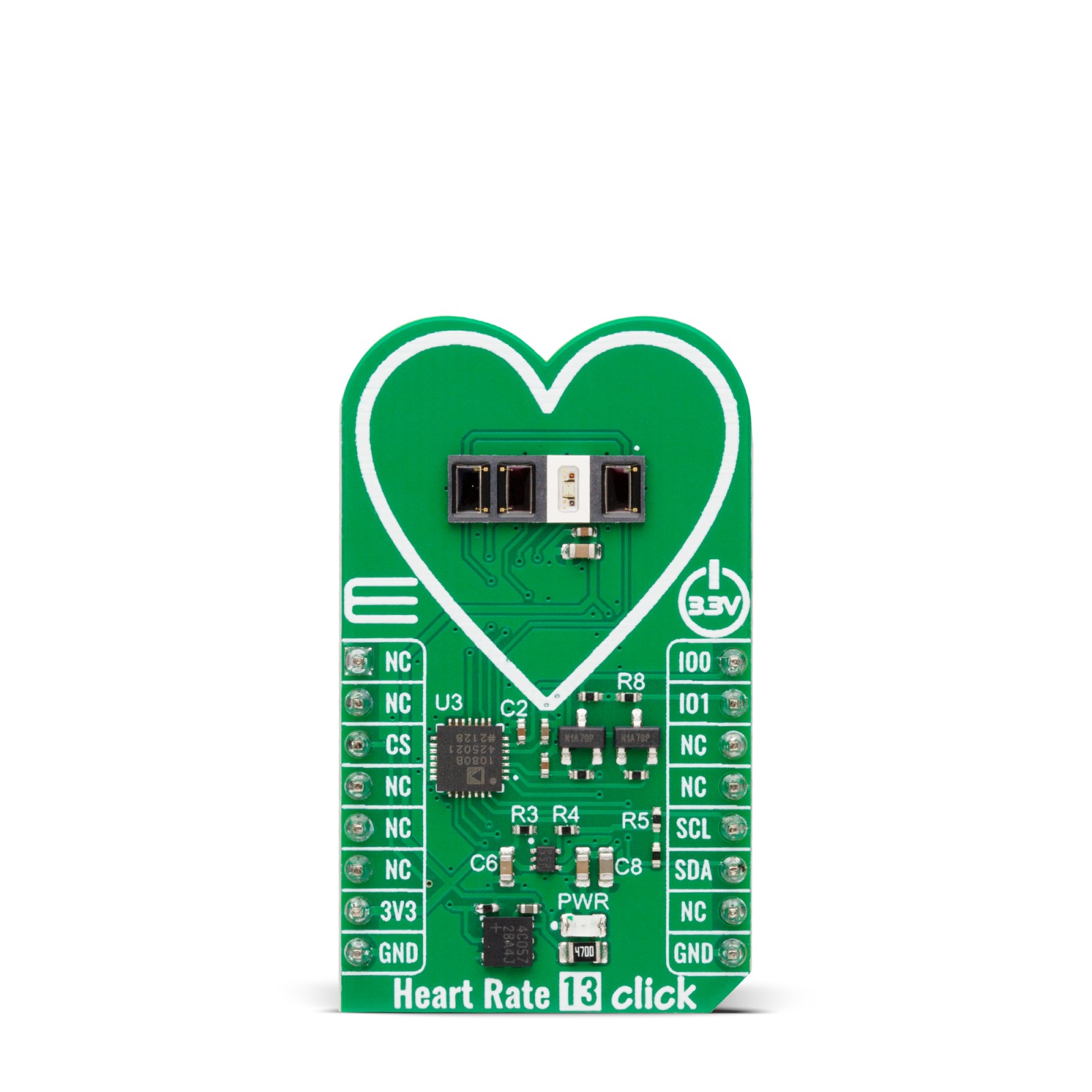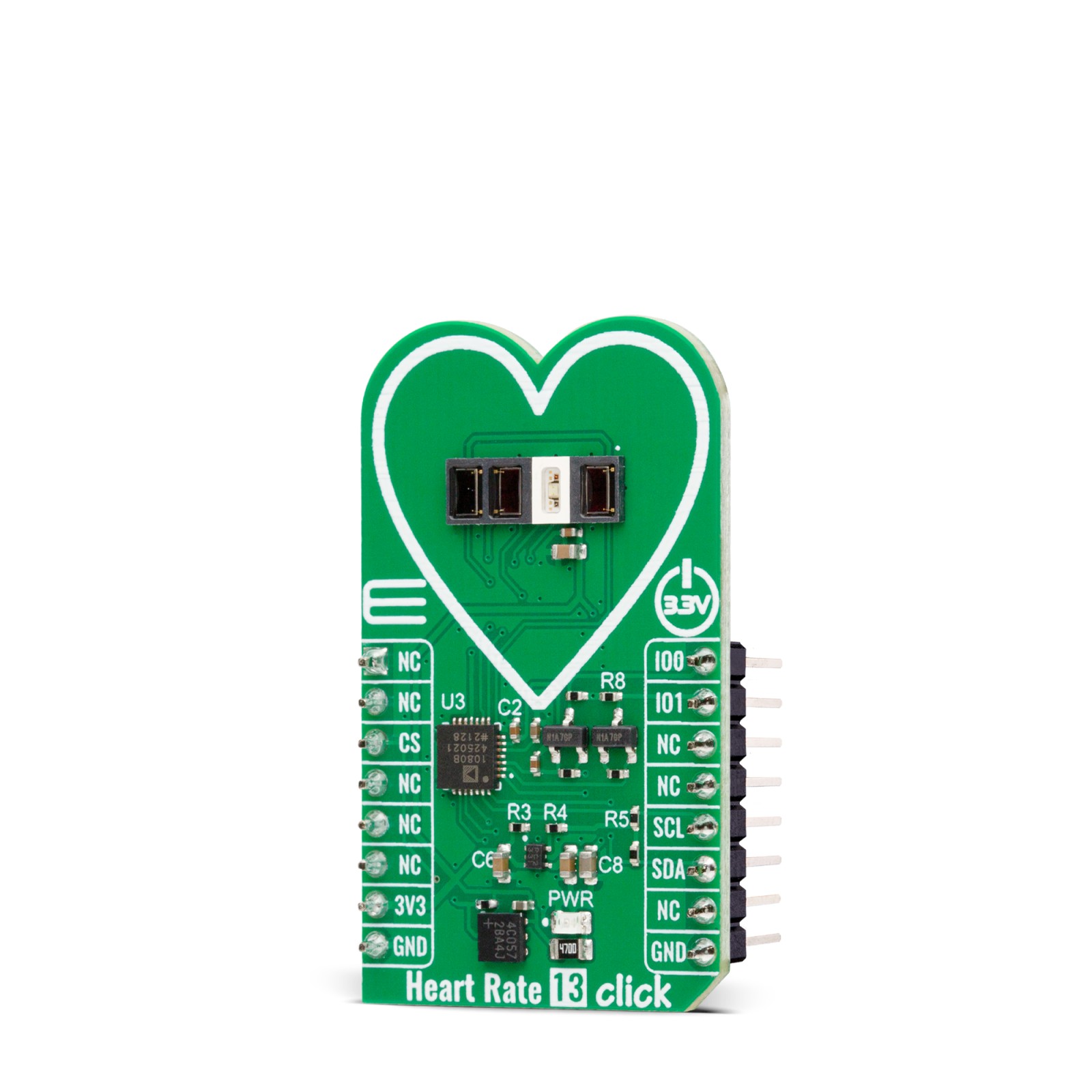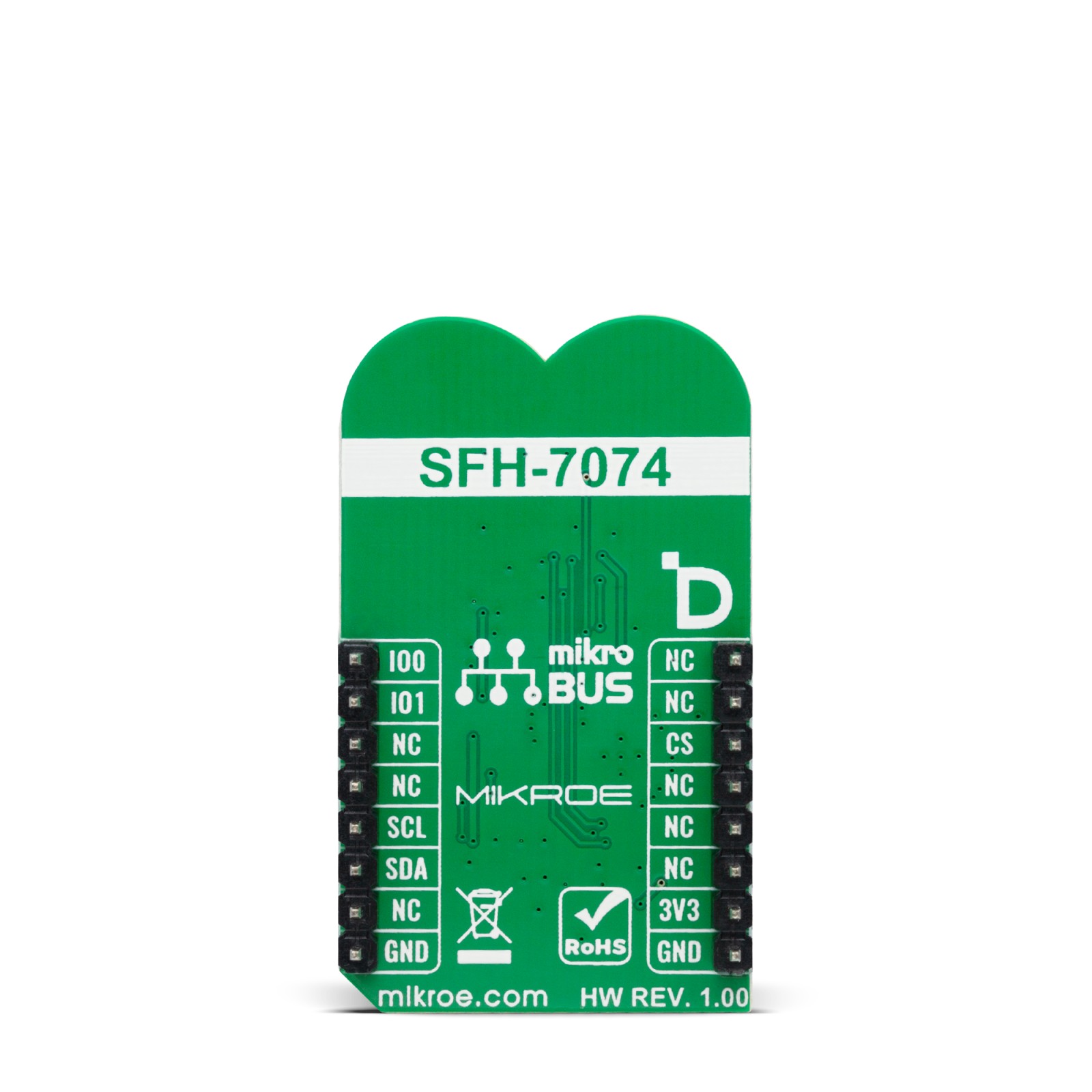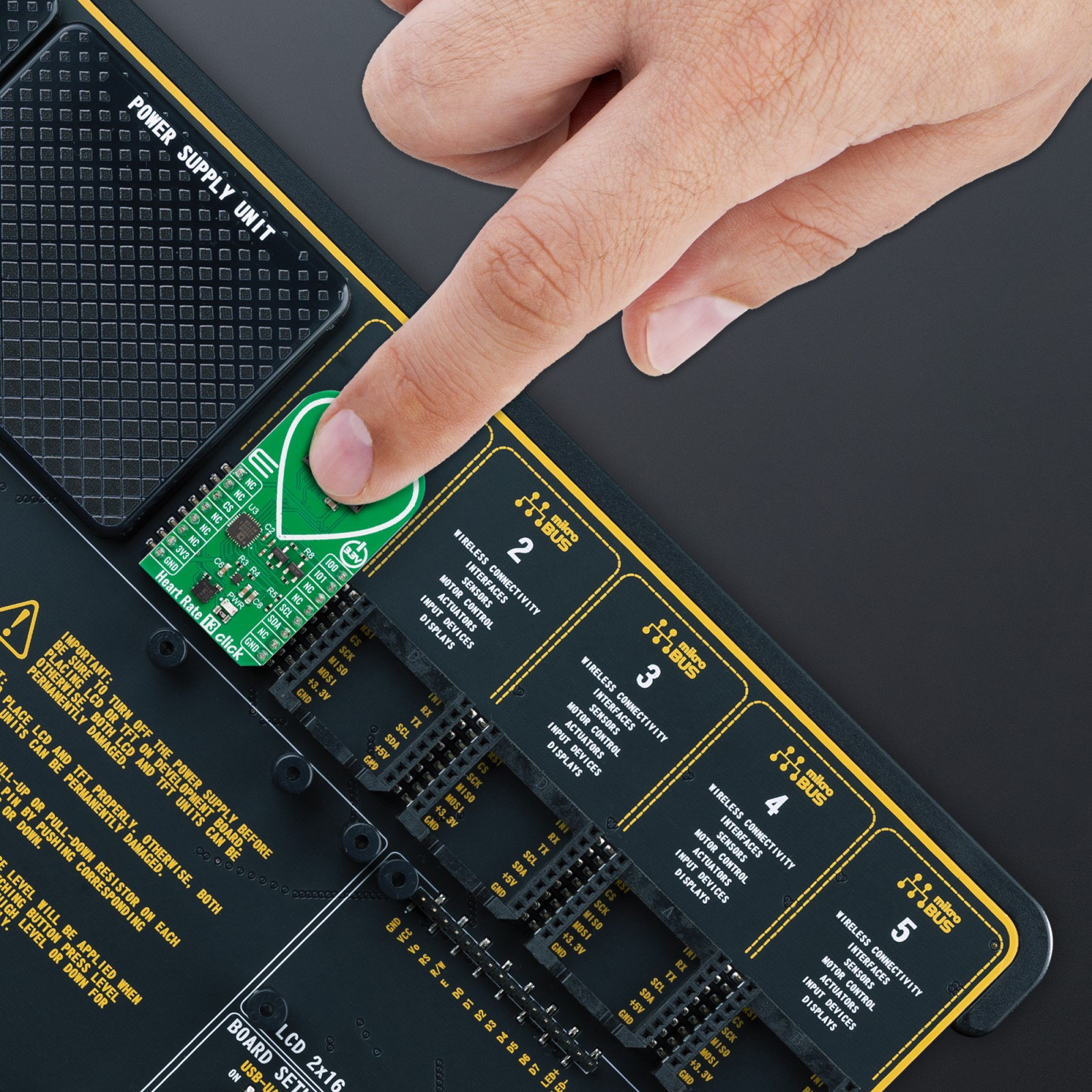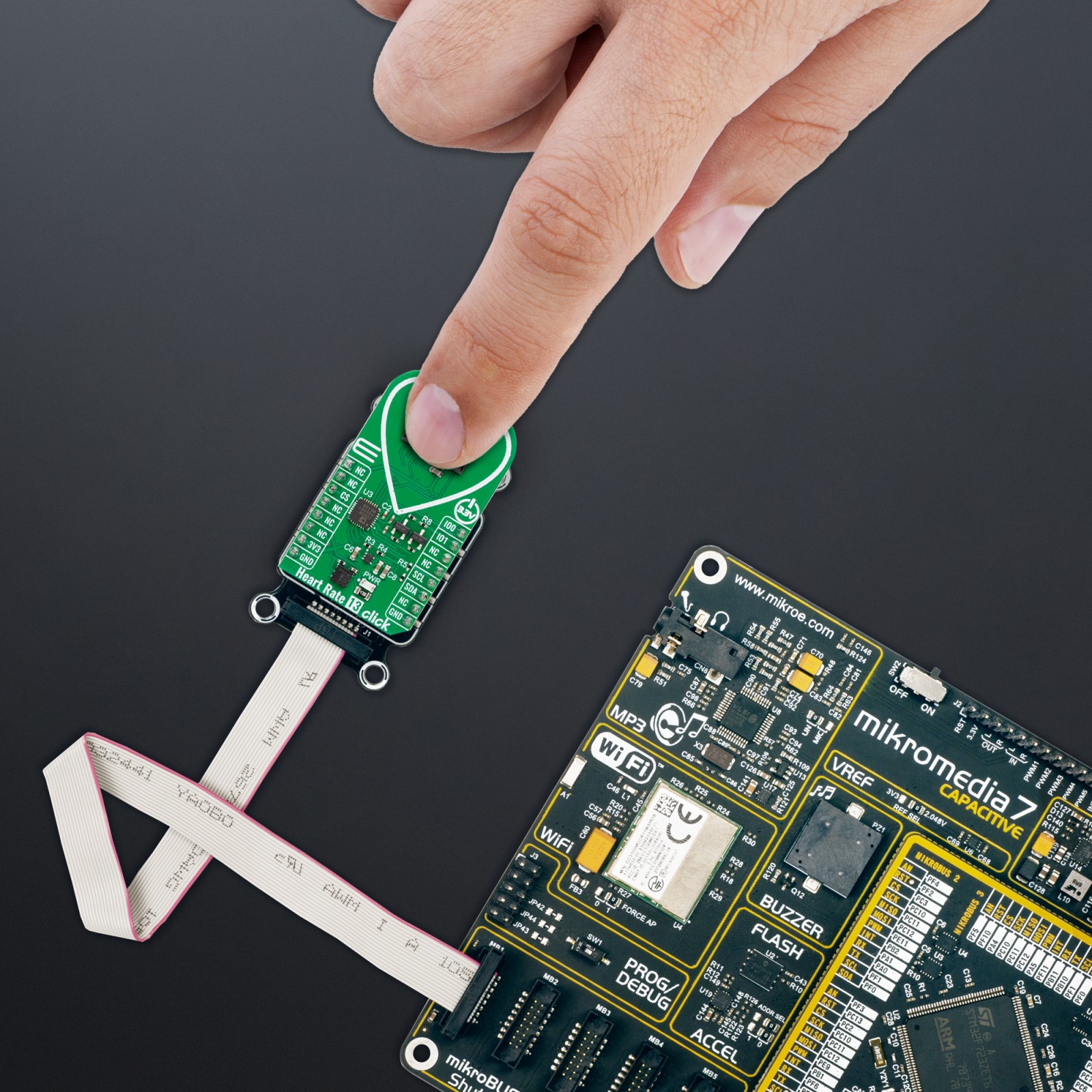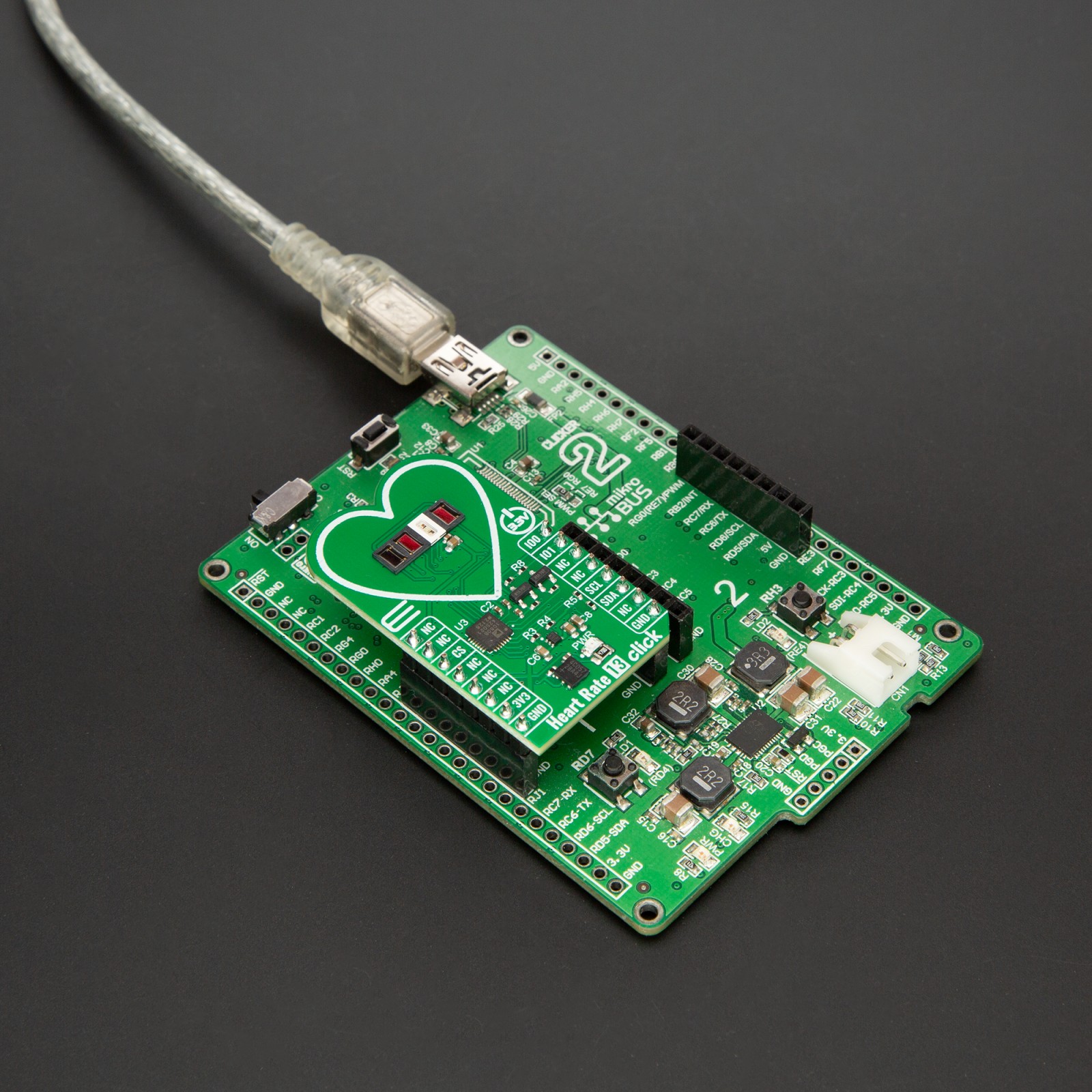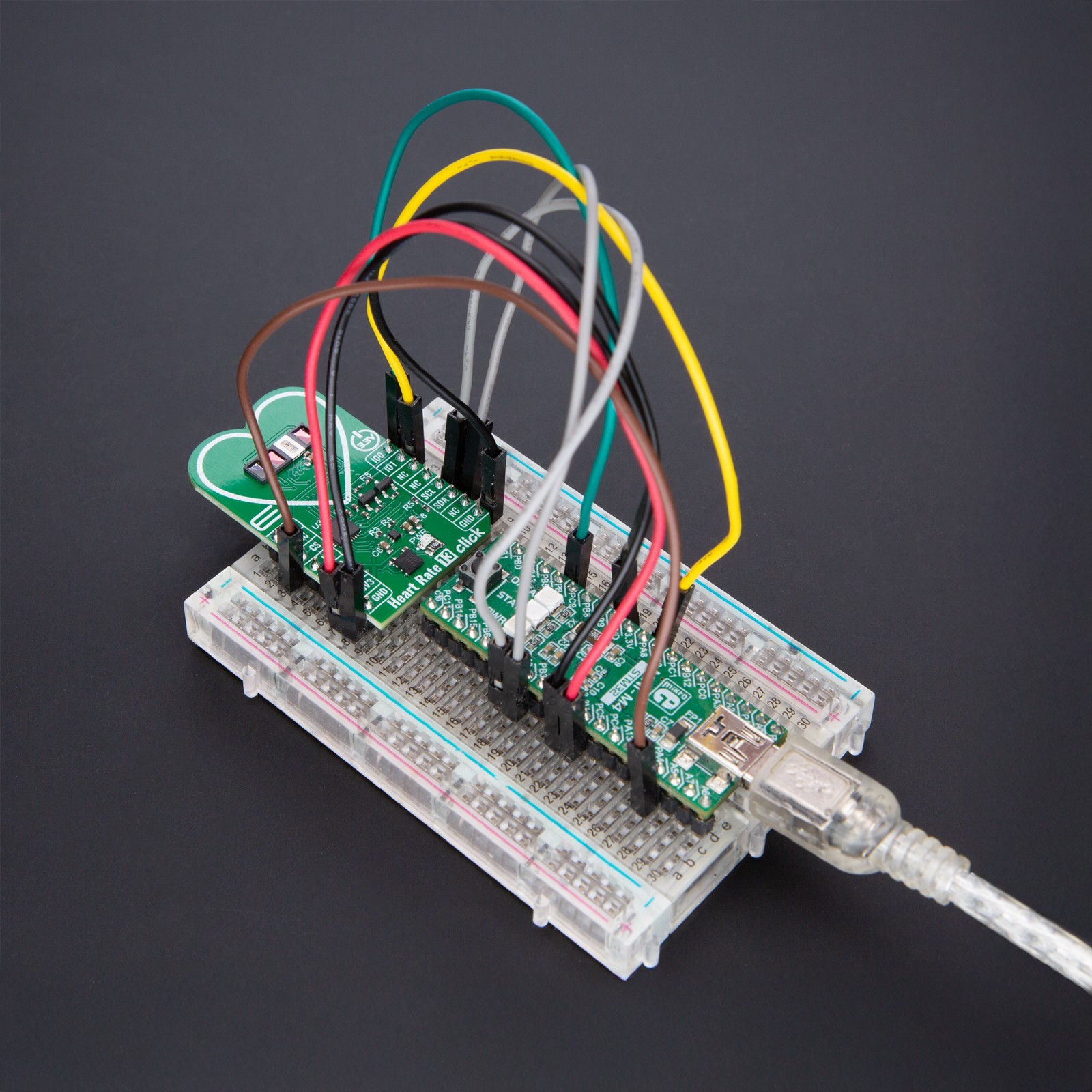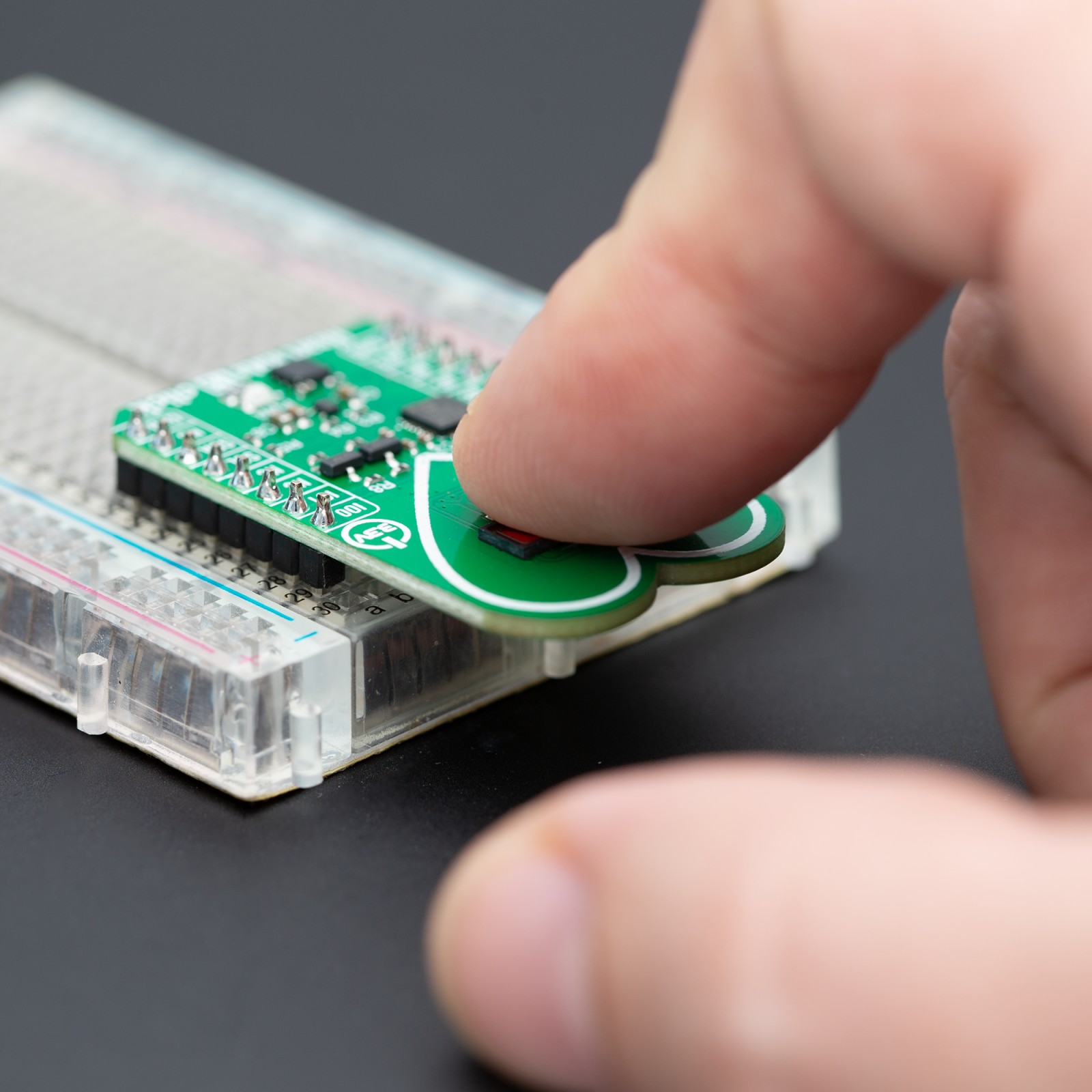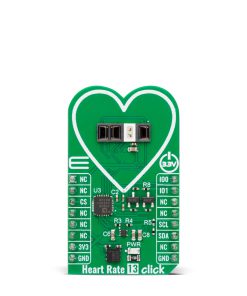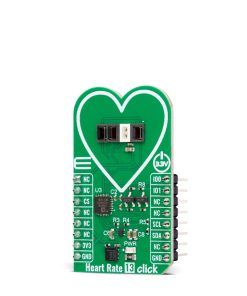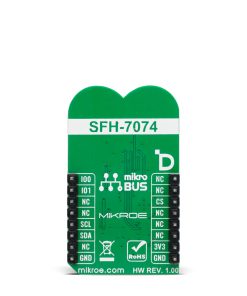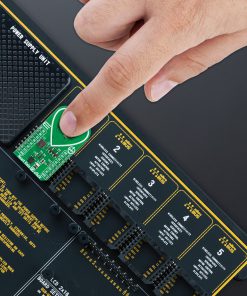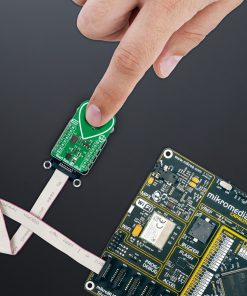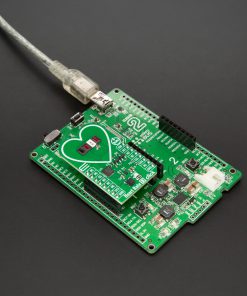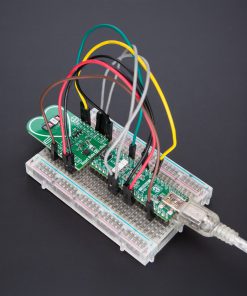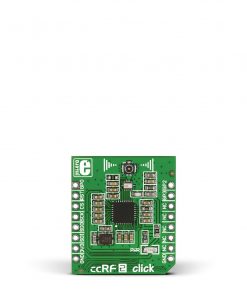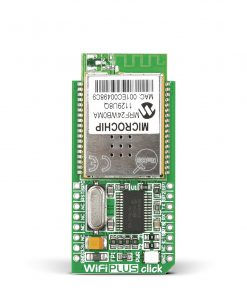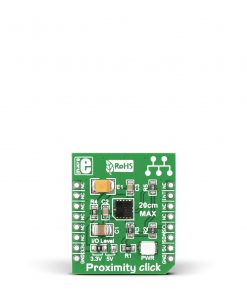-
×
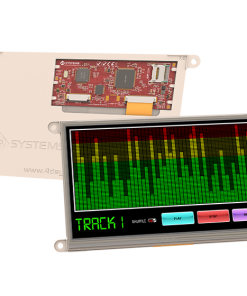 GEN4-ULCD-70DT
1 × R3,300.00
GEN4-ULCD-70DT
1 × R3,300.00 -
×
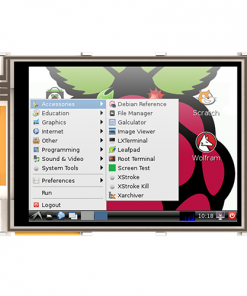 4DPI-32-II
1 × R1,150.00
4DPI-32-II
1 × R1,150.00 -
×
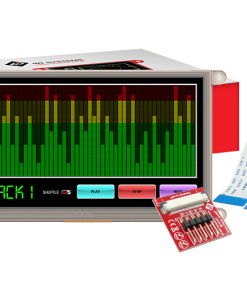 GEN4-ULCD-70D
1 × R1,850.00
GEN4-ULCD-70D
1 × R1,850.00 -
×
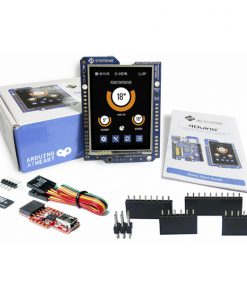 SK-4DUINO-24
1 × R2,250.00
SK-4DUINO-24
1 × R2,250.00 -
×
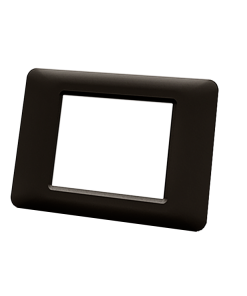 GEN4-BEZEL-32B
1 × R225.00
GEN4-BEZEL-32B
1 × R225.00 -
×
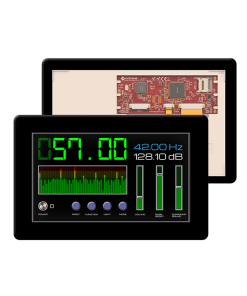 GEN4-ULCD-70D-CLB
1 × R2,000.00
GEN4-ULCD-70D-CLB
1 × R2,000.00 -
×
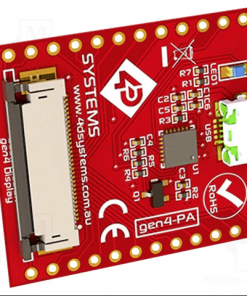 Gen4-PA
1 × R170.00
Gen4-PA
1 × R170.00 -
×
 DAC Click
3 ×
DAC Click
3 × R415.00R373.50 -
×
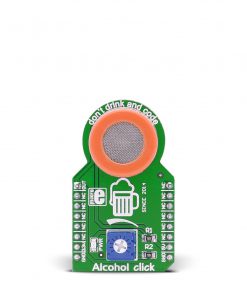 Alcohol Click
2 ×
Alcohol Click
2 × R340.00R306.00 -
×
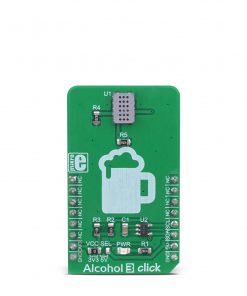 Alcohol 3 Click
3 ×
Alcohol 3 Click
3 × R715.00R643.50 -
×
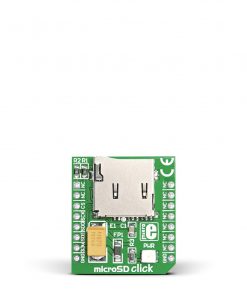 microSD Click
1 ×
microSD Click
1 × R360.00R324.00 -
×
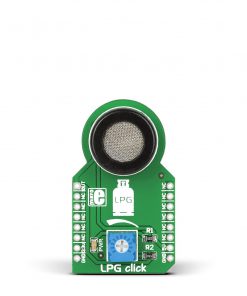 LPG Click
2 ×
LPG Click
2 × R340.00R306.00 -
×
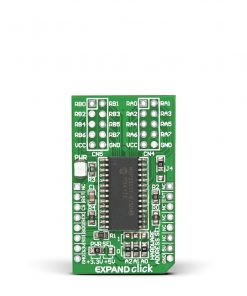 EXPAND Click
1 ×
EXPAND Click
1 × R265.00R238.50 -
×
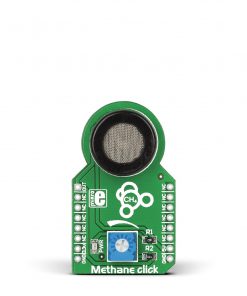 METHANE Click
3 ×
METHANE Click
3 × R340.00R306.00 -
×
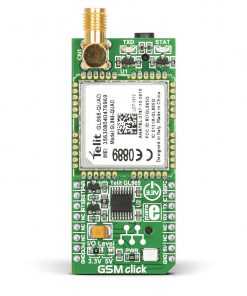 GSM Click
1 ×
GSM Click
1 × R1,100.00R990.00 -
×
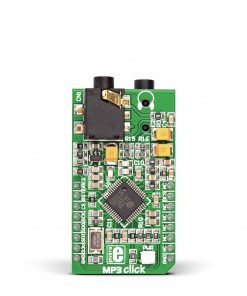 MP3 Click
1 ×
MP3 Click
1 × R490.00R441.00 -
×
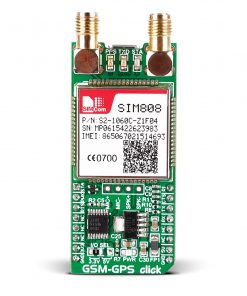 GSM-GPS Click
1 ×
GSM-GPS Click
1 × R1,350.00R1,215.00 -
×
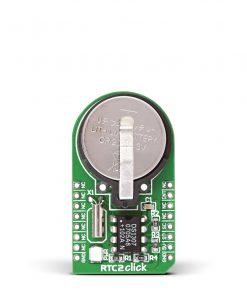 RTC 2 Click
1 ×
RTC 2 Click
1 × R470.00R423.00 -
×
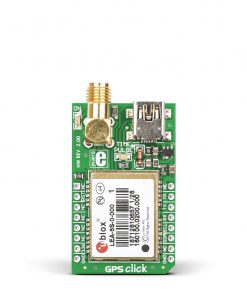 GPS Click
1 ×
GPS Click
1 × R1,100.00R990.00 -
×
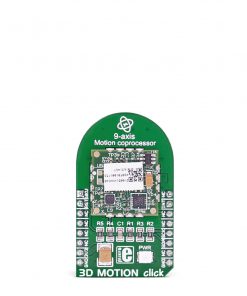 3D Motion Click
1 ×
3D Motion Click
1 × R1,100.00R990.00 -
×
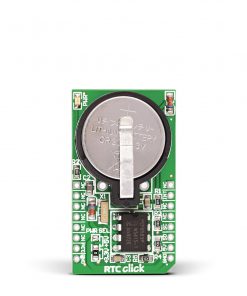 RTC Click
1 ×
RTC Click
1 × R395.00R355.50 -
×
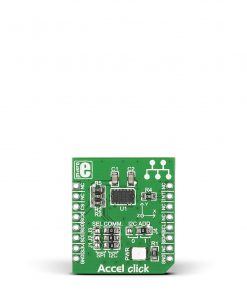 Accel Click
1 ×
Accel Click
1 × R360.00R324.00 -
×
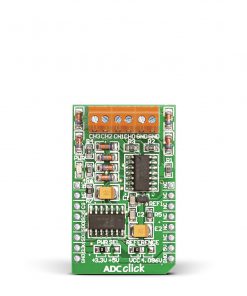 ADC Click
1 × R545.00
ADC Click
1 × R545.00
Subtotal: R22,974.00

